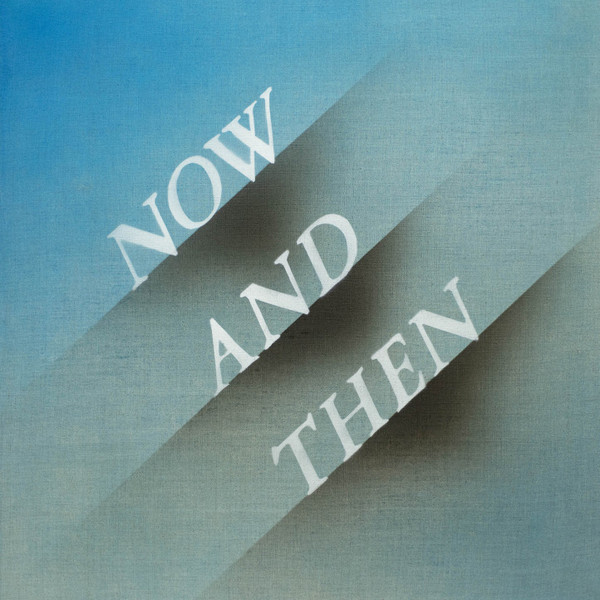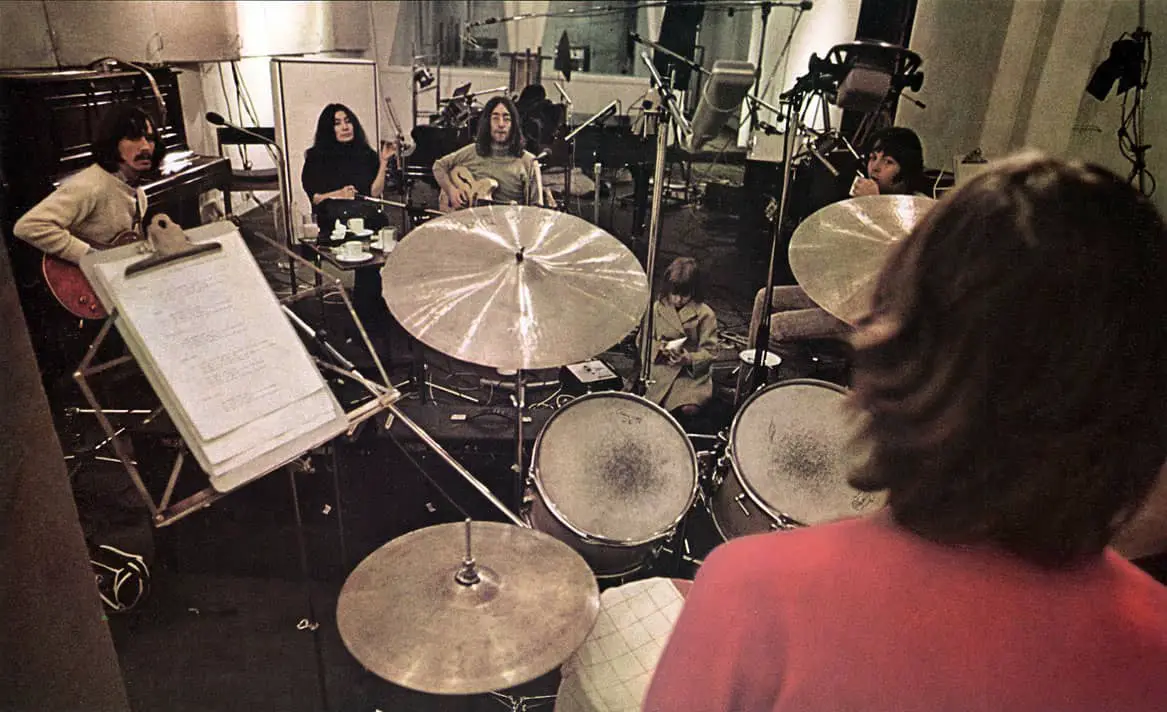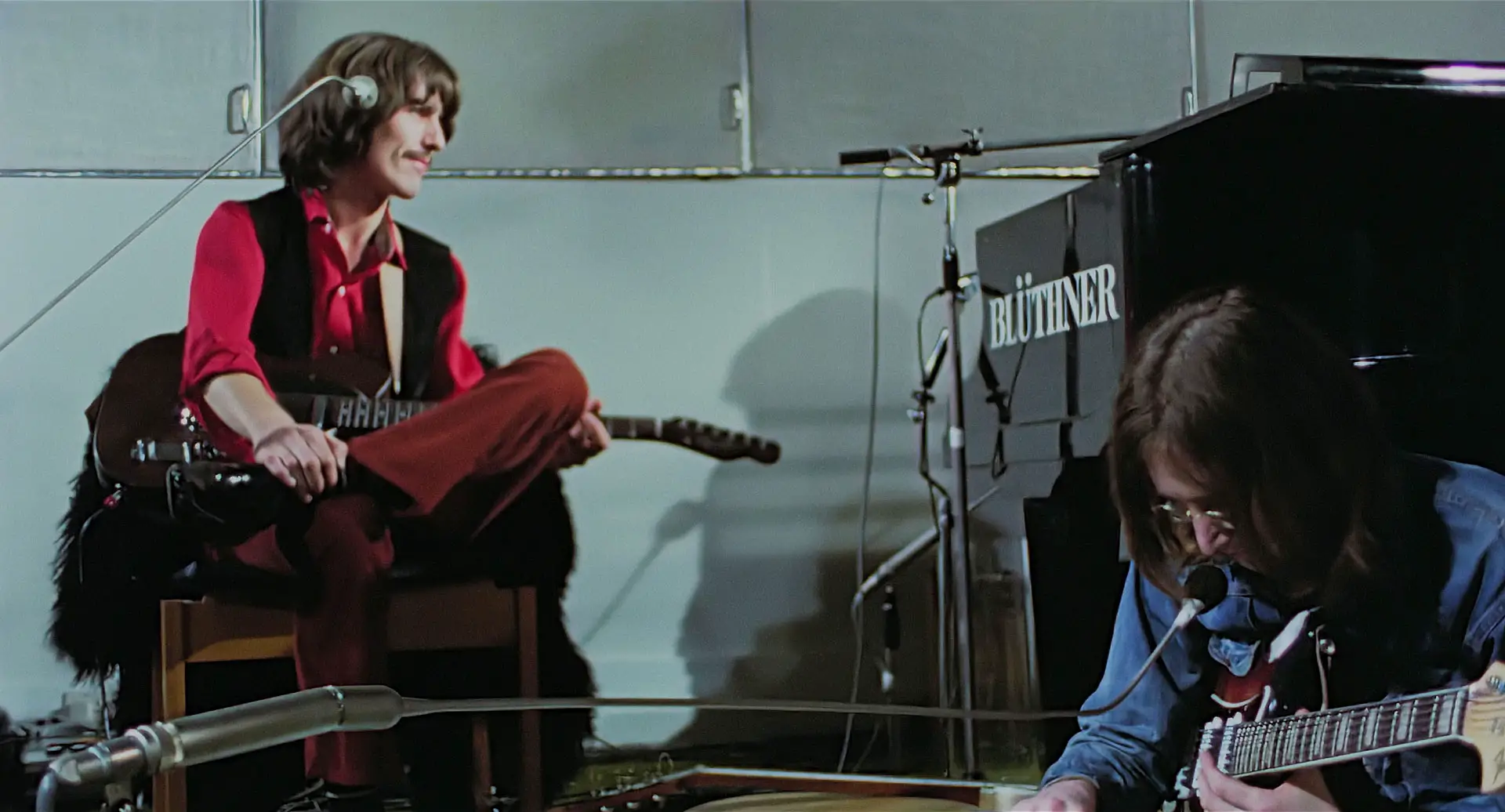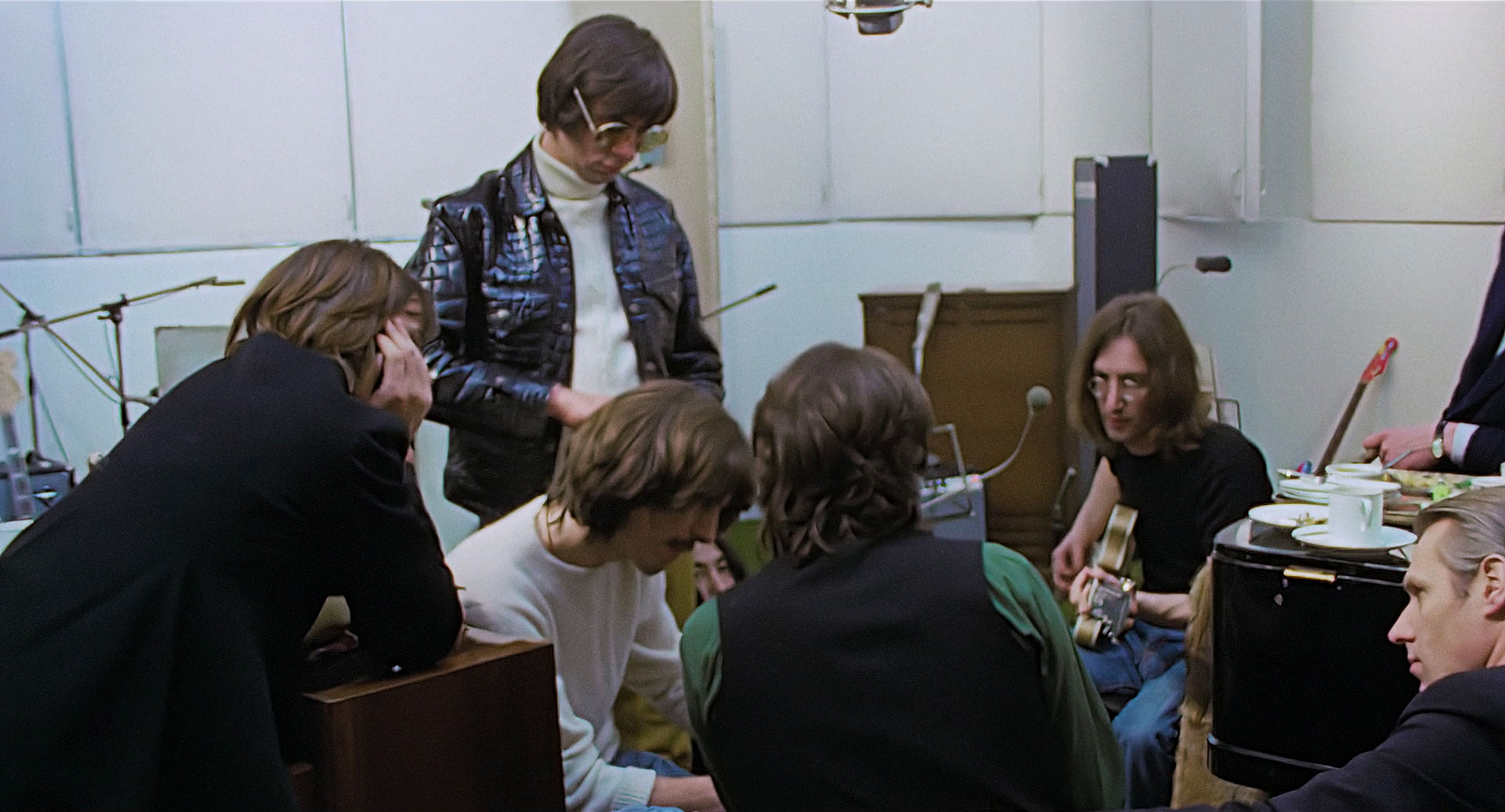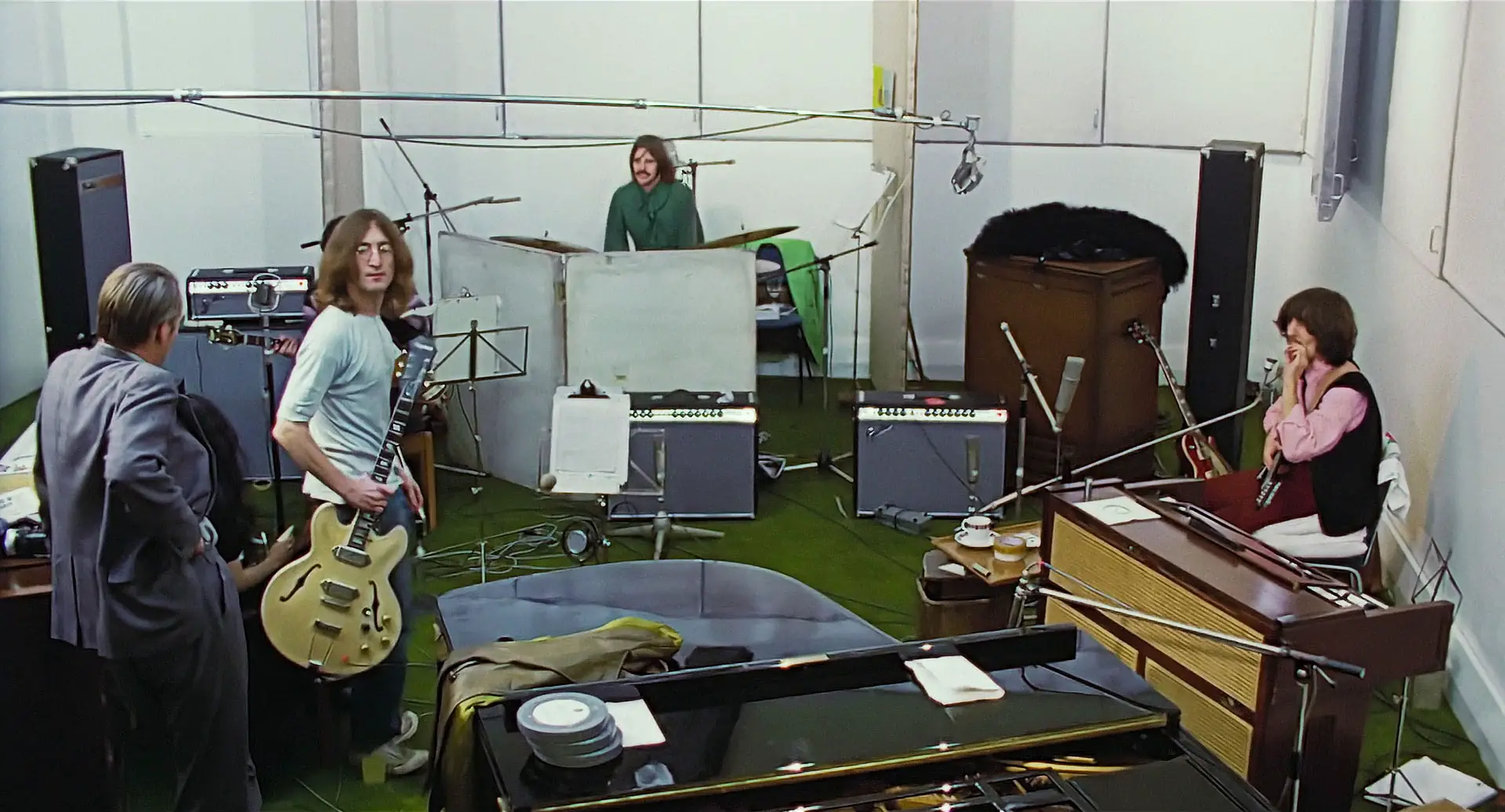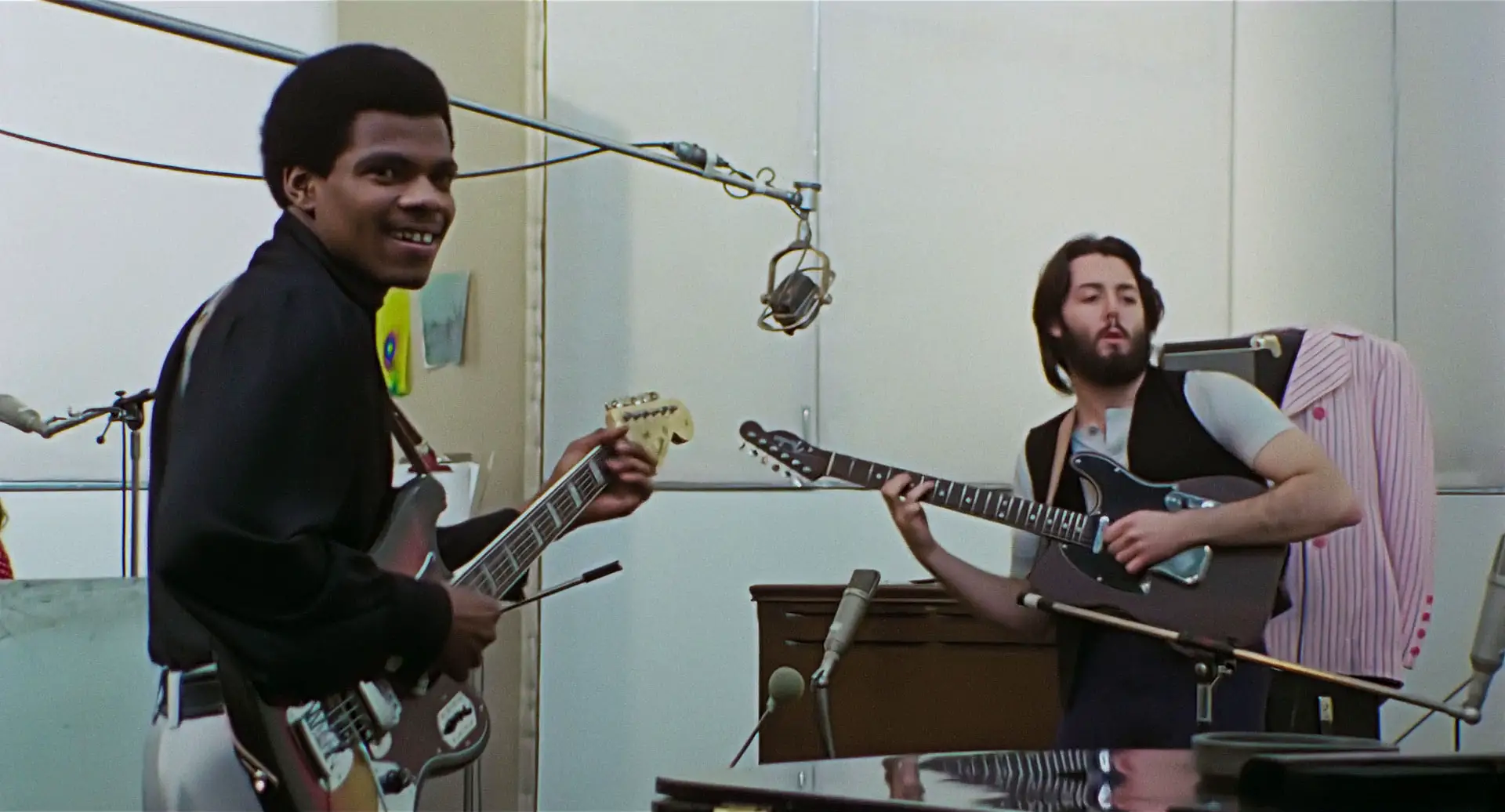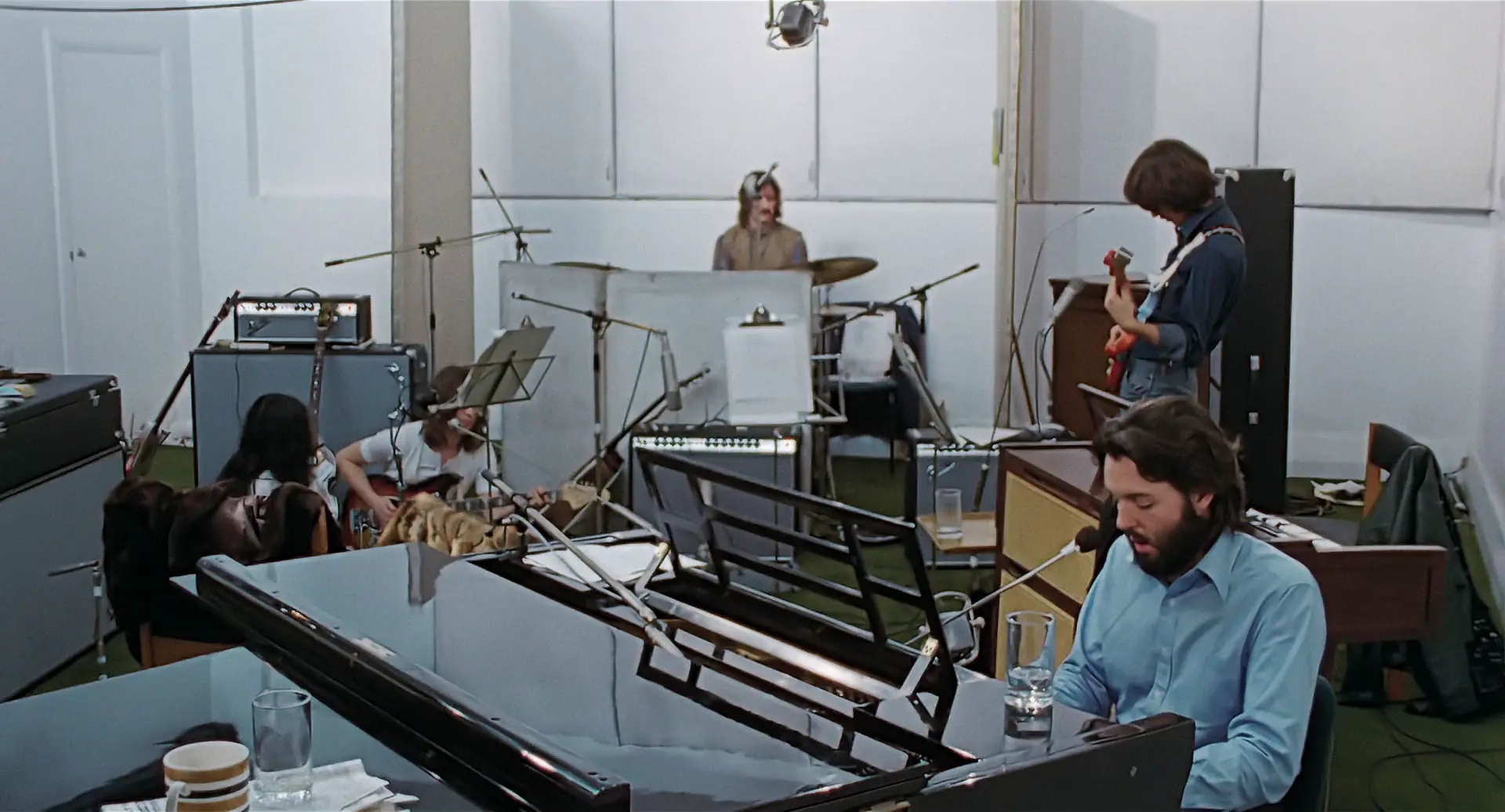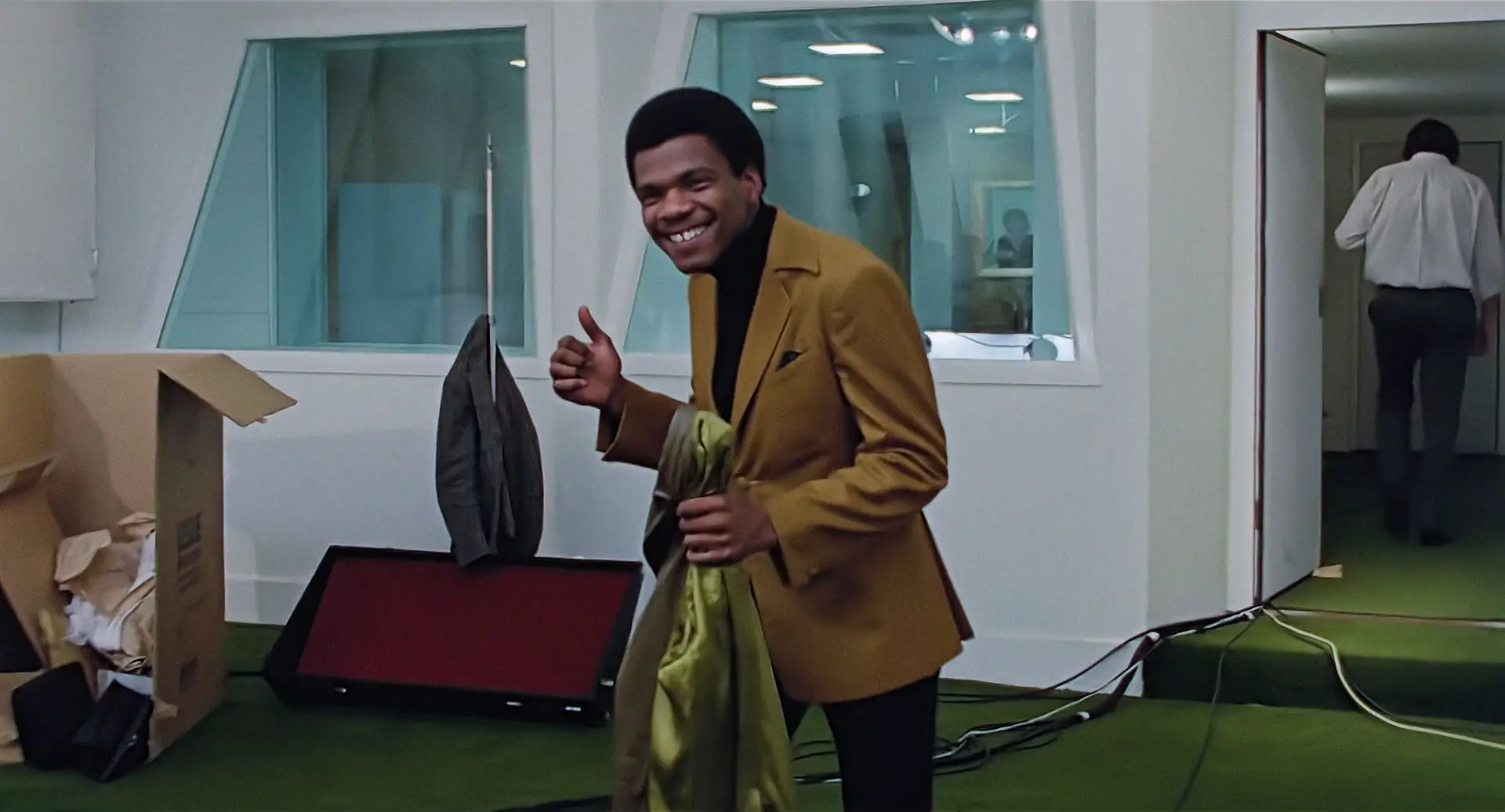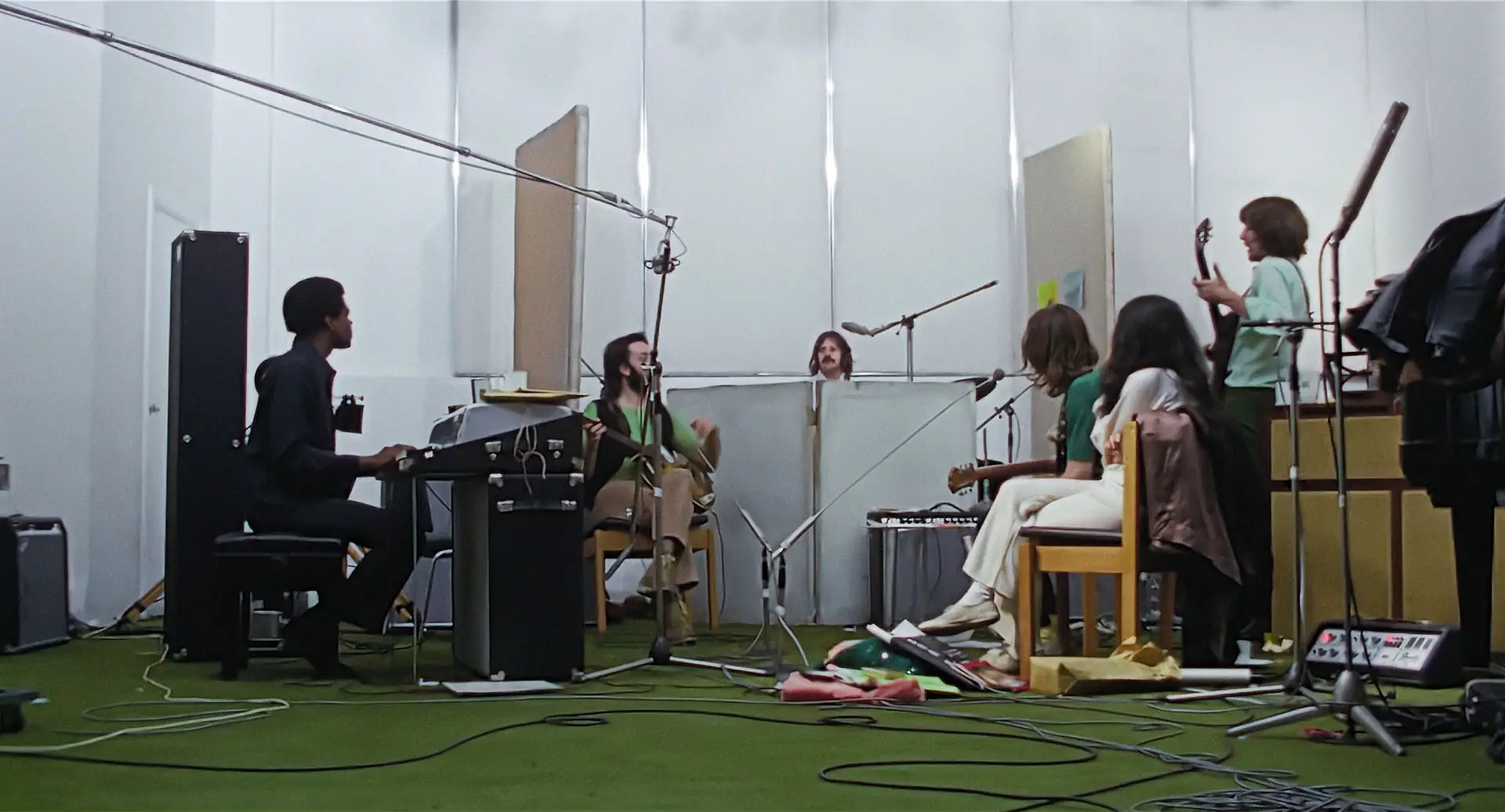[
Note: As a bonus to our commentary on the Jackson edit, herewith is a commentary on Michael Lindsay-Hogg’s original Let It Be
film as released in May 1970.]
The opening shot is of the distinctive Beatles logo on Ringo’s bass drum head. Mal and Kevin move various pieces of equipment into place on the Twickenham soundstage, then we hear the sound of an almost classical-style piano piece. We cut to Paul sitting behind the Blüthner piano, presumably playing it, while Ringo observes from the side. A half-eaten Granny Smith apple sits atop the piano. After a moment George joins Ringo, and they silently acknowledge the camera, then pull in close for a cheesy smile.
There’s an abrupt cut to John singing “Don’t Let Me Down”, followed by a long shot of Yoko admiring him. The song sounds pretty together, but there’s a snippet where Paul suggests they work on the “corny” part until they get it down, referring to the “I’m in love for the first time” segment that thankfully resisted his answer vocal idea.
Then it’s a cut to Paul teaching the chords to “Maxwell’s Silver Hammer”, one of several songs viewers would have recognized from the Abbey Road album. His method is to sing the names of the chords to the melody of the verses, which is an effective way to learn it. Suddenly he’s at the piano and George has switched to the six-string bass, while Mal clangs his anvil, in and out of sync with the sound.
About a minute of screen time is devoted to George’s issues with getting electric shocks from his dual microphone setup, then it’s a cut to the second verse of an uptempo electric run through “Two Of Us”, with Paul and John standing and sharing the same microphone. It’s a fun performance, as they garble the same words, and Paul does his Elvis bit while John postures with his guitar on the bridge. Yoko is seen for a few seconds hovering to the side behind some flowers. (The repeat of the “on our way back home” as a coda makes this one of our favorite outtakes.)
After this ends, we cut to the second half of “I’ve Got A Feeling” where Paul and John sing their verses simultaneously, George Martin watching from the piano bench. It’s clear that during John’s last “oh yeah”s that the audio is from a different performance from the visuals. Paul then has them work on the “middle 8” of the song, which is to culminate with the descending guitar notes. Here he seems to be trying to teach it to John, and the film cuts to another runthrough, this time with Paul standing. John delivers his quip about pot-smoking FBI members, and Yoko giggles silently.
A cut to Paul trying out “Oh! Darling” on the piano moves to a conversation about early Lennon-McCartney songs. Paul sings a snippet of “Just Fun”, then comments on what he felt were the sub-par lyrics to “One After 909”. This cuts to a chopped-up band performance of same.
Ringo greets Paul at the piano (obviously on a different day) and they go into their three-hand boogie piece, to be copyrighted as “I Bought A Piano The Other Day”. Then it’s a quick cut to another electric rehearsal of “Two Of Us”, which seemingly breaks down because John isn’t singing loudly enough. This leads to a discussion about how to approach the middle section, ending with George stating “I’ll play whatever you want me to play, or I won’t play at all… Whatever it is that will please you, I’ll do it.” John counters with wishing he could hear the tapes of what they’re doing, as they would in a real studio setting, but Paul is noodling on his bass while John is talking, so it appears he’s barely listening. John plays the intro for “Across The Universe”, to which Paul harmonizes before the band comes in for the verse. After the chorus, they’re in the same spots but the song is now “Dig A Pony”. John gets bored at the start of the second verse, and asks if they know any fast ones. This cuts halfway into “Suzy Parker”, Paul and George “singing” the piano triplets simultaneously.
There’s another sharp edit to George demonstrating “I Me Mine”, dropping an F-bomb into a film that will be rated G. A cut to the unused flamenco break is illustrated by John and Yoko in a passionate embrace, then waltzing while the other three play the song. As it ends, the screen fades to black with a curtain effect from both sides. We are 23 minutes in.
The “curtains” open on the Apple plaque, then pull back to the street as we see each Beatle arrive separately at the Apple building while “For You Blue” plays, then we see George singing on the actual take. Once again the visuals, this time of Paul’s piano part, do not match the audio.
John’s “I dig a pygmy” announcement is followed by a snatch of “Da Doo Ron Ron”, then Paul enthuses about the home movies he was watching from their Rishikesh adventure, ending in them chuckling over John’s hope that the Maharishi would “slip [him] the ‘answer’.” This makes an interesting preface to an extremely Ricky Ricardo-style “Besame Mucho”.
Then we see George helping Ringo work on “Octopus’s Garden”. George Martin leans over in encouragement, and John finds his way behind the drumkit to start a beat while lighting a cigarette. Paul arrives with Linda and Heather, who first wanders behind the kit, then we see her next to Paul at the microphone over the piano. He puts her down and she goes to play with Ringo, who’s now at the drums.
A cover of “You Really Got A Hold On Me” develops, with three-part harmony and Billy at the Lowrey organ (with bottles of Dr Pepper on top?) situated next to George and behind Paul at the piano. A bossa nova goof on “The Long And Winding Road” is seemingly enjoyed by those present before Paul cuts it off for a more straight reading, which he immediately hams up. Much more energy is given to a medley of “Rip It Up”, “Shake, Rattle And Roll”, “Kansas City”, “Miss Ann”, and “Lawdy Miss Clawdy”, John ably playing the six-string bass. We cut to a four-minute jam on what we now know as “Dig It”, George Martin happily wielding a shaker and Heather twirling to her heart’s delight. John’s “Georgie Wood” quip accompanies Ringo almost falling off his drum stool.
We cut to Paul mid-pep talk, complete with another unbleeped F-bomb, at John about getting over their “nervousness” about playing to an audience. There’s a reference to getting into a black bag at the Albert Hall; John and Yoko had done just that a month before for an underground artists’ “happening”, only in a white bag.
We are now 47 minutes in, and the lights in the basement studio have changed for the formal performances: “Two Of Us”, with a wonderful perspective on all the parts George is playing, and noticeably different whistling in the coda; “Let It Be”, with the audio for George’s solo way off from his fingers, and Paul singing “there will be no sorrow”; and “The Long And Winding Road”—not the unvarnished album track, but with slight lyrical variations and a brief organ solo from Billy. At the very end, Tony leans over the piano and the curtain effect recurs.
With 22 minutes in the film remaining, Paul appears in the doorway to the roof, followed by Ringo, Maureen, and Billy. John and George get into place, John cajoles “youse idiots”, and we’re off into “Get Back”. The camera pulls back from the roof for the organ solo to show reaction at street level and folks watching from nearby windows and rooftops. “Don’t Let Me Down” follows, and the camera again goes to the rapidly filling street for the bridge, returning in time for John to botch the words for the next verse, to Ringo’s delight.
The police try to keep the honking traffic moving as pedestrians dodge cars, and “I’ve Got A Feeling” starts while an older gentleman praises the band’s character. Just as George nails the descending solo, we cut to a woman exasperatedly expressing her disapproval, while other passers-by are more approving, except for the fellow who’s not pleased with the disruptive volume. More testimony precedes “One After 909”; after George’s solo we see one policeman knock on the door of the Apple building while others deal with disgruntled observers. John sings a line from “Danny Boy” after the song ends, and “Dig A Pony” has a false start due to Ringo’s cigarette. The “all I want is you” intro is left intact, and there’s Kevin holding the lyrics where John can see them. During George’s solo we see two younger policemen knock on the door of the building, then an angle from the inside when Jimmy lets them in. Shortly, Mal appears to lead them upstairs.
As soon as the police appear on the roof, the boys tear into “Get Back” again. There is some confusion between George and Mal by his amp, and John stops playing, but the song keeps going and John is able to play his first solo. Mal huddles with the police for the rest of the song, until they leave just before Paul extemporizes a verse about Loretta “playing on the roofs again” against her mother’s wishes. The song ends, they remove their instruments, Ringo stands up, and John thanks those present with the hope they “passed the audition.” The frame freezes, and we hear another twenty seconds past the fade from the “Get Back” single. The end.
***
Now that we’ve seen Jackson’s edit, it’s amazing how Michael managed to cut three collective weeks of filming into 47 minutes. With so much more of each day now available, such an editing process seems daunting at best, if not impossible.
In hindsight, what to do with the footage now that they were done filming would appear to be obvious. Were this a TV special, as originally envisioned, having some scenes of rehearsing the songs we see in the second half of the film night have been interesting, or even including some of the more interesting jams and one-offs. The problem was that they felt they had barely half an album ready, and so they kept tinkering with the idea of “finishing” it by recording more songs, until they could no longer see the forest for the trees. One solution could have been an album with the three staged studio songs on one side, plus “For You Blue” and some of the oldies, and the rooftop songs on the other.
But such “what-if” questions dot the band’s history. The original Let It Be film isn’t so much depressing as it is dull, at least until they’re up on the roof. And while Paul does come off as bossy from time to time, we don’t get the impression that they’re miserable. To further bust myths, Yoko is present but silent, John is engaged and not visibly out of it, Michael is barely in the cut, and George is generally cheerful.
For the longest time, the film was not available for general distribution or viewing, but thankfully that changed in 2024 when a remastered version by Peter Jackson’s team started streaming on, you guessed it, Disney+. Besides looking as well as sounding much better, most of the glaring sync issues, like the anvil and George’s fingers on “Let It Be”, were finally fixed. However, the curtain transitions are gone, and instead of the freeze frame at the end we cut to full credits on a black screen accompanied by a performance of “Oh! Darling”, an extemporization dubbed by bootleggers as “The River Rhine”, and a segment of “I Lost My Little Girl”, which Paul insists to this day was the first song he ever wrote.
After the riches of Get Back, people may wonder what the fuss was about, whatever anyone’s opinion of the film. Let It Be really does focus on the music, which was the original point. And now everyone can enjoy it.
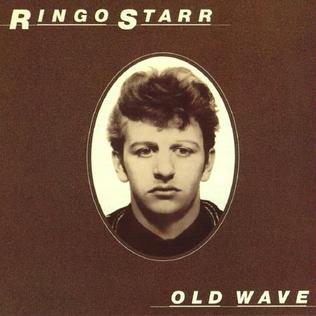 Movie roles may not have been coming his way, but Ringo Starr knew he could still make music, so he did. Rather than do the grab-bag all-star route that didn’t help Stop And Smell The Roses, he decided to keep it simple and let Joe Walsh, doing fine without the Eagles, handle the production. They even wrote most of the songs together, and Ringo played most of the drums. But such was his diminished importance to the music world that Old Wave was released in no markets larger than Canada and Germany. It’s too bad, because the album was well-made (in the house he bought from John Lennon with the studio built to record Imagine) and didn’t try to sound contemporary, but just rock like we knew he could. Yet the quest to maintain an album’s worth of tunes remained an uphill one.
Movie roles may not have been coming his way, but Ringo Starr knew he could still make music, so he did. Rather than do the grab-bag all-star route that didn’t help Stop And Smell The Roses, he decided to keep it simple and let Joe Walsh, doing fine without the Eagles, handle the production. They even wrote most of the songs together, and Ringo played most of the drums. But such was his diminished importance to the music world that Old Wave was released in no markets larger than Canada and Germany. It’s too bad, because the album was well-made (in the house he bought from John Lennon with the studio built to record Imagine) and didn’t try to sound contemporary, but just rock like we knew he could. Yet the quest to maintain an album’s worth of tunes remained an uphill one. 
